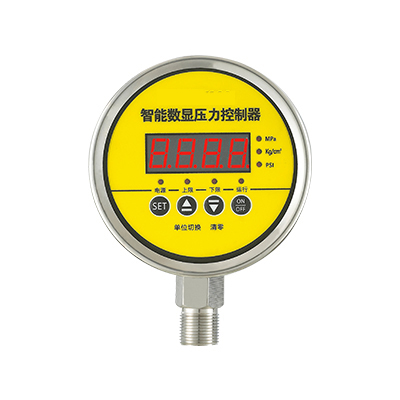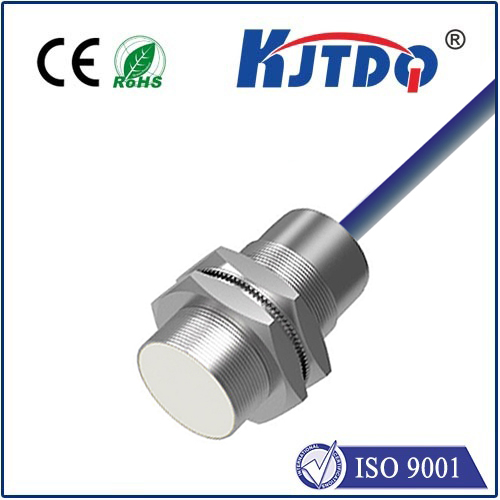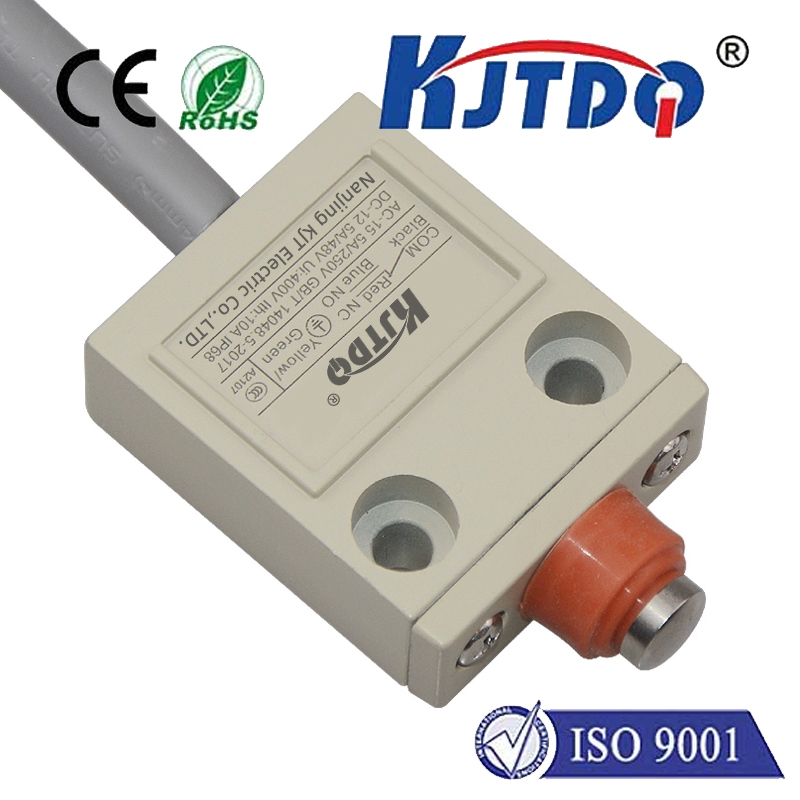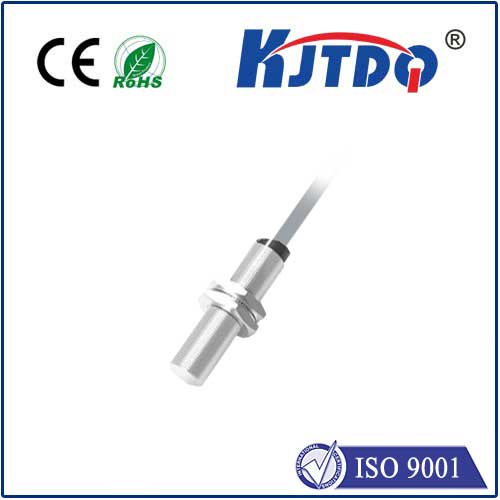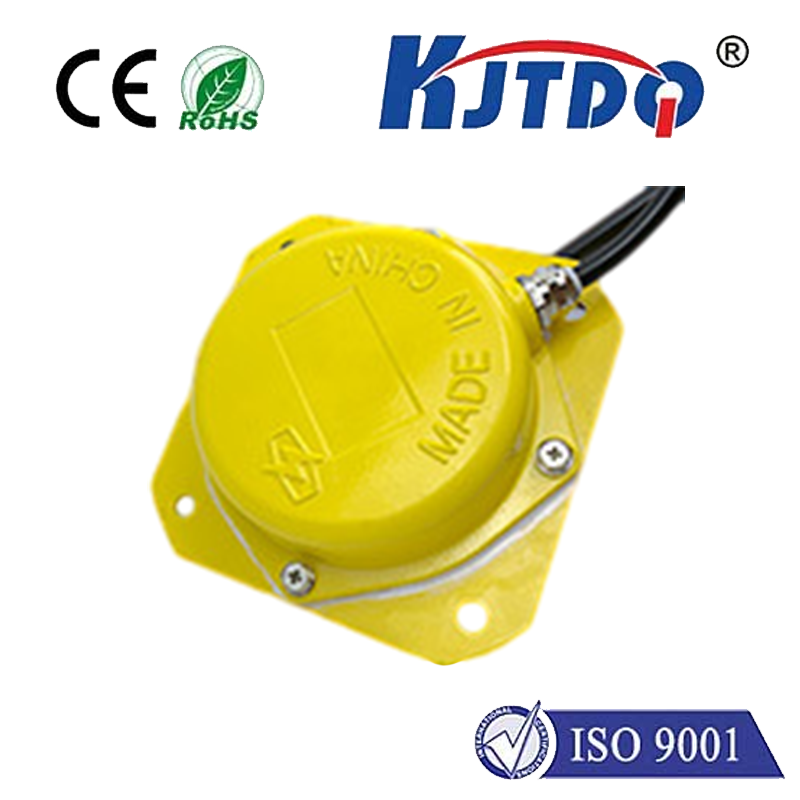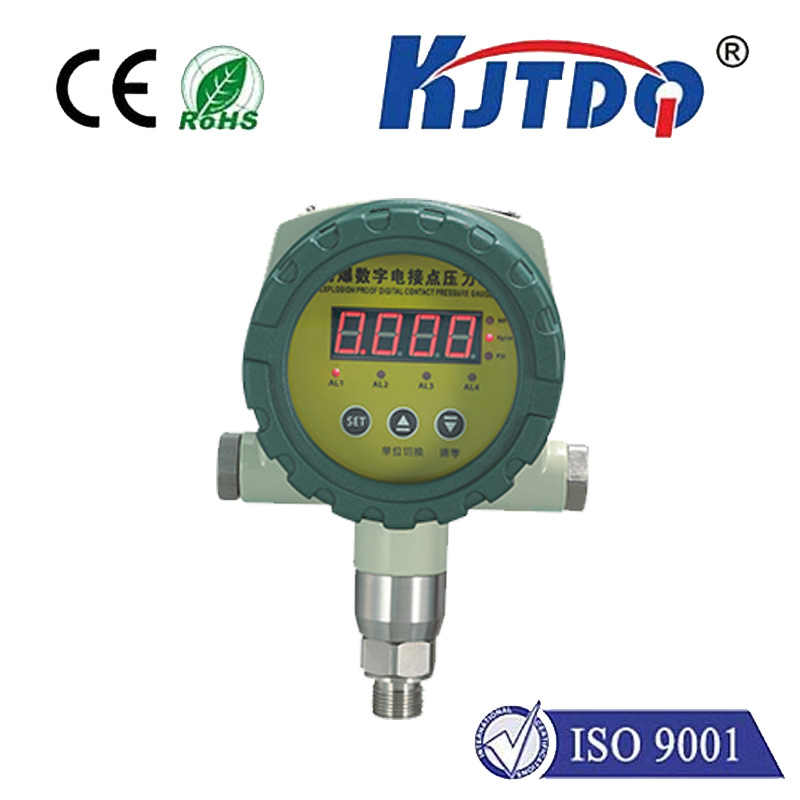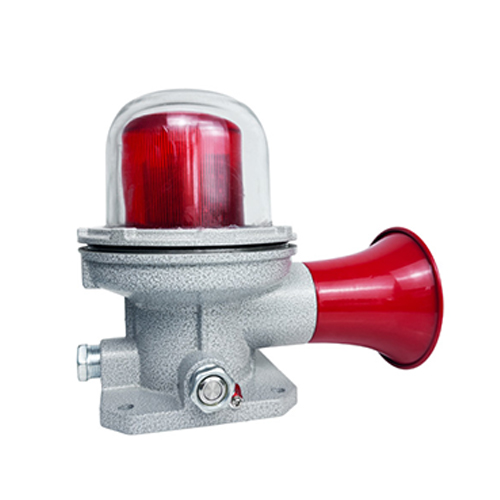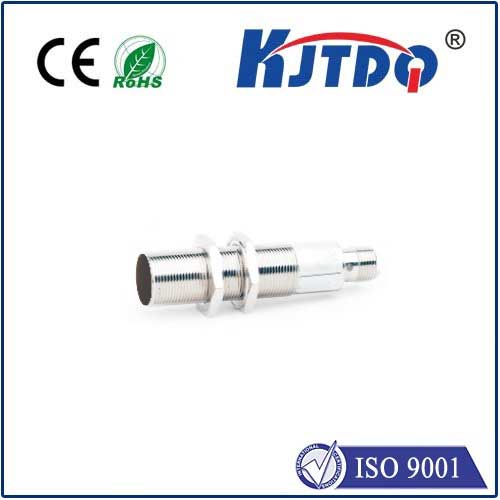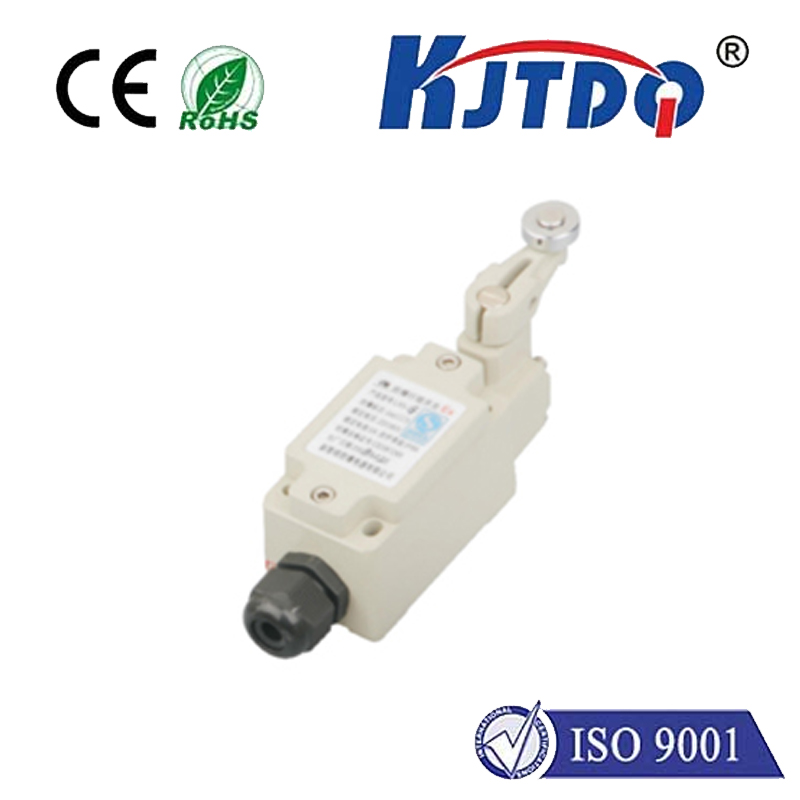optical sensor principle
- time:2025-08-18 08:40:53
- Нажмите:0
Optical Sensor Principle: Decoding How Light Powers Modern Detection Systems
Seeing the Unseen: How Optical Sensors Transform Light Into Data
Light is more than just illumination. It carries a wealth of information about our world, information often invisible or imperceptible to the human eye. Optical sensors act as the bridge, transforming photons – the fundamental particles of light – into measurable electrical signals. Understanding the core optical sensor principle unlocks the workings behind countless technologies that shape our daily lives, from smartphones and medical devices to industrial automation and environmental monitoring. At their heart, these ingenious devices rely on the fundamental interaction between light energy and matter.
The Foundational Element: The Photodetector
The cornerstone of nearly every optical sensor is the photodetector. This component is specifically designed to absorb light photons and generate an electrical response. The most common type is the photodiode, a semiconductor device leveraging the photoelectric effect. Here’s the principle in action:

- Absorption: When a photon with sufficient energy strikes the semiconductor material (typically silicon, germanium, indium gallium arsenide - InGaAs, or others depending on the target wavelength), it transfers its energy to an electron within the material’s atomic structure.
- Charge Generation: This absorbed energy frees the electron from its bound state, creating an electron-hole pair (a mobile negative charge and an associated positive charge vacancy).
- Current Flow: If the photodiode is reverse-biased (a voltage applied across its terminals to create an internal electric field), this internal field sweeps the free electrons and holes towards opposite electrodes. This movement of charge constitutes an electrical current proportional to the intensity of the incoming light.
This measurable photocurrent is the raw signal produced by the fundamental optical sensor principle. However, the nature of the light interaction and the system built around the photodetector define the specific sensor type and application.
Key Sensing Principles & Configurations
Building upon the photodetector, various optical sensing principles are employed:
- Reflectance Sensing: This principle measures the amount of light reflected from a surface. A light source (often an LED or laser diode) illuminates the target. A photodetector, positioned nearby, measures the intensity of the reflected light. Properties like surface color, texture, distance (using Time-of-Flight - ToF), or the presence of an object directly influence the reflected intensity. This is ubiquitous in:
- Object detection and counting on production lines.
- Ambient light sensors in phones/tablets adjusting screen brightness.
- Heart rate monitors in wearables (measuring blood volume changes via reflected light).
- Optical encoders measuring position/speed.
- Transmission Sensing: Here, the sensor measures the amount of light passing through a material. The target substance is placed between a light source and a photodetector. Attenuation (reduction) of the light beam occurs due to absorption or scattering within the material. This principle is vital for:
- Liquid level detection (transmission blocked or reduced by the liquid meniscus).
- Turbidity/opacity measurement in liquids.
- Particulate matter detection in air quality sensors.
- Smoke detectors (smoke particles scatter the light beam).
- Absorption Spectroscopy: This advanced principle involves illuminating a sample with light and analyzing the specific wavelengths absorbed. Molecules absorb light at characteristic wavelengths corresponding to their vibrational and rotational energy states. By passing light through a sample and dispersing the transmitted light with a prism or grating (spectrometer), a unique absorption spectrum is obtained. This “fingerprint” allows for:
- Identifying chemical compounds and concentrations (e.g., blood oxygen saturation, gas analysis).
- Monitoring environmental pollutants.
- Determining the composition of materials.
- Scattering Measurements: Sensors can detect and quantify how light is scattered (changes direction) by particles or molecules in its path. Techniques like Dynamic Light Scattering (DLS) measure fluctuations in scattered light intensity to determine particle size, while Raman spectroscopy analyzes inelastic scattering to identify molecular bonds. This is crucial in:
- Pharmaceutical particle sizing.
- Atmospheric aerosol research.
- Medical diagnostics.
- Optical Imaging: While photodetectors capture light intensity point-by-point, imaging sensors like CCD (Charge-Coupled Device) or CMOS (Complementary Metal-Oxide-Semiconductor) sensors use a vast array of millions of microscopic photodiodes (pixels) arranged in a grid. Each pixel converts incoming light intensity at its specific location into an electrical charge. These charges are then sequentially read out and converted into a digital image. This is the core technology behind:
- Digital cameras and smartphones.
- Machine vision systems for inspection and robotics.
- Medical imaging (endoscopes, microscopes).
- Remote sensing satellites.
- Fiber Optic Sensing: Optical fibers aren’t just for communication. They can act as the sensor element itself (intrinsic) or carry light to/from a remote sensing point (extrinsic). Modifications to the fiber or its coating make it sensitive to parameters like temperature (using Raman scattering), strain (using Bragg gratings), or chemical presence. This enables sensing in harsh, remote, or electrically noisy environments impossible for traditional sensors.
Why Optical Sensors Dominate
The widespread adoption of optical sensors stems from significant advantages enabled by their core principle:
- Non-contact Measurement: Targets can be sensed without physical interaction, vital for fragile objects, high-speed processes, or sterile environments.
- High Sensitivity & Speed: Modern photodetectors can detect extremely low light levels and respond very rapidly to changes.
- Multiparameter Detection: By analyzing different light properties (intensity, wavelength, phase, polarization), optical sensors can gather diverse information about a target.
- Immunity to Electromagnetic Interference (EMI): Light signals are unaffected by electromagnetic fields, making optical sensors ideal for noisy industrial settings.
- Compact Size & Potential for Integration: Components like LEDs, lasers, and photodiodes are small and easily integrated into complex systems (e.g., lab-on-a-chip devices).
From Principle to Practice: Driving Innovation
The elegant simplicity of converting light into data underpins remarkable innovation. Optical sensors guide autonomous vehicles, ensure food quality, monitor structural health of bridges, diagnose diseases earlier, and explore distant planets. As materials science advances (e.g., new semiconductor compounds for wider spectral ranges) and signal processing techniques like machine learning evolve, the capabilities derived from the fundamental optical sensor principle will continue to expand. They illuminate not just our surroundings, but the path towards smarter, safer, and more interconnected technologies. They are, quite literally, opening our eyes to a world of unseen data.

